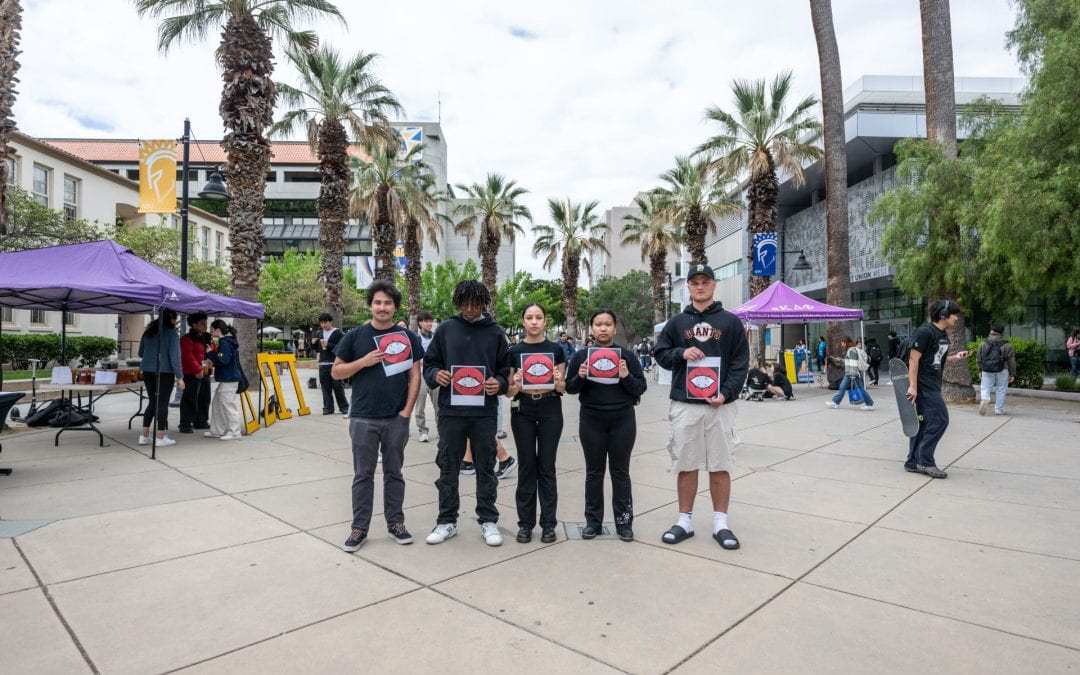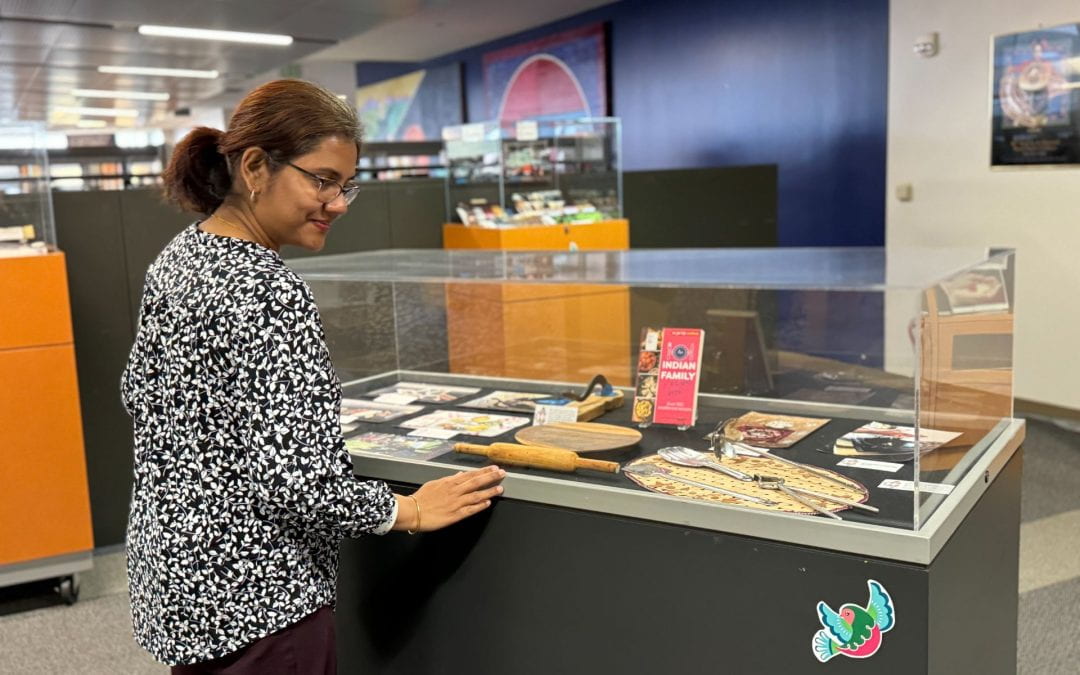Deep Dive in 5: Understanding CalNAGPRA with Alisha Marie Ragland

SJSU houses archaeological collections in consultation with Native American Tribes and Indigenous peoples. Photo by David Schmitz.
Respecting the past is paramount to understanding where we have come from and where we might be going in the future. In compliance with federal laws, including the NAGPRA (Native American Graves Protection and Repatriation Act) and CalNAGPRA (California Native American Graves Protection and Repatriation Act), SJSU houses archaeological collections in consultation with Native American Tribes and Indigenous peoples.
The collections subject to NAGPRA and CalNAGPRA are housed in a secure facility on campus, and are overseen by the Office of the Provost, including Provost and Senior Vice President for Academic Affairs Vincent Del Casino, Jr., as well as Director of Advocacy and Federal Relations Ryan Ward, Tribal Liaison Alisha Marie Ragland, ’18 MA Anthropology, and NAGPRA Coordinator and Anthropology Professor Charlotte Sunseri.
In this Deep Dive in 5, Ragland provides more context about NAGPRA and CalNAGPRA and the work SJSU is doing to comply.
What is NAGPRA and CalNAGPRA?
Alisha Marie Ragland (AMR): The federal Native American Graves Protection and Repatriation Act (NAGPRA) was signed into law in 1990, and established expectations for the respectful and dignified handling and return of Native American human remains and cultural and sacred objects held in federal institutions to descendents of federally recognized Tribes. In 2001, California adopted a similar law, known as CalNAGPRA, allowing state-funded institutions to repatriate to Tribes. Most recently, Assembly Bill 275 (AB-275) was passed by the state legislature in 2020 which expanded CalNAGPRA and the handling and repatriation (return) of ancestors and sacred objects to Tribes in the state that lacked federal recognition.
Why are these legislations important to SJSU?
AMR: San José State, like many universities and museums, houses archaeological collections which contain human remains, artifacts, and funerary objects in consultation with Native American Tribes and Indigenous peoples. These legislations are important to SJSU because more than 99% of our collections originate from the traditional homelands of currently federally unrecognized Tribes. Recent amendments to CalNAGPRA allow us to return ancestors and their belongings to Tribes that have direct descendancy. Although the federal NAGPRA process allows federally recognized Tribes to “sponsor” unrecognized Tribes for repatriation, some Tribes understandably feel that this compromises their sovereignty. In other cases, federal Tribal sponsorship has resulted in meaningful collaborations and community-building coalitions.
Some of our Tribal consultants are continuing to fight for federal recognition. You can see an example here.
What progress have we made in fulfilling our obligations to NAGPRA and CalNAGPRA?
AMR: Since the implementation of AB-275, SJSU has continuously been in consultation with Tribal partners to guide our efforts in compliance. With the ultimate goal of complete repatriation and ensuring that Native and Indigenous ancestors are returned home, our campus remains deeply committed to compliance with NAGPRA, CalNAGPRA and AB-275. The collections subject to NAGPRA and CalNAGPRA are housed in a secure facility on campus, and are overseen by the Office of the Provost. We will continue working with Tribal descendents to fulfill our obligations under CalNAGPRA. We are dedicated to intentional and authentic relationship-building and consultation with local Tribal communities.
What is the university’s relationship with our local Tribes and how does this work impact those relationships?
AMR: SJSU’s NAGPRA and CalNAGPRA work has invariably benefited from the long established relationship with several Tribes associated with the collection and we are grateful for their guidance and involvement in our efforts to maintain compliance with state and federal repatriation laws. Through this process we have also been able to deepen partnership with Tribes with which we have long established relationships and create new relationships and collaborations with culturally affiliated Tribes in the Bay Area and beyond. These expanded relationships are a result of our outreach and consultation about the handling and repatriation of cultural remains and ancestors, in compliance with AB-275 as it modified CalNAGPRA. We respect the sovereignty of each Tribe, work to build strong working relationships, and aim to address injustices regarding the historical collection of Tribes’ ancestors’ cultural and human remains.
What are the next steps for the university in this work?
AMR: Right now, we are working with our Tribal partners to fulfill our requirements under CalNAGPRA toward our ultimate goal of complete repatriation of all of SJSU’s Native American collections. This requires us to also work together with the Native American Heritage Commission, the government agency responsible for administering CalNAGPRA among many other important powers and duties.
We appreciate the state’s recent review of CSU systemwide practices that hold institutions accountable and welcome the state auditor’s recommendations to further strengthen and formalize best practices. These practices will augment the work we are and have already been doing.
Information can be found on our dedicated web page for NAGPRA and CalNAGPRA as well as the university’s FYI page.
We also continue to make progress in our efforts to support Native and Indigenous students, faculty and staff on our campus with the (NAISSC), and the hiring of the Center’s first program director, Elisa Aquino. We also deeply appreciate the leadership of the Gathering of Academic Indigenous and Native Americans (GAIN), and we will continue to deepen these establishment of the Native American Indigenous Student Success Center (NAISSC) relationships, which bring so much value to our campus community.




